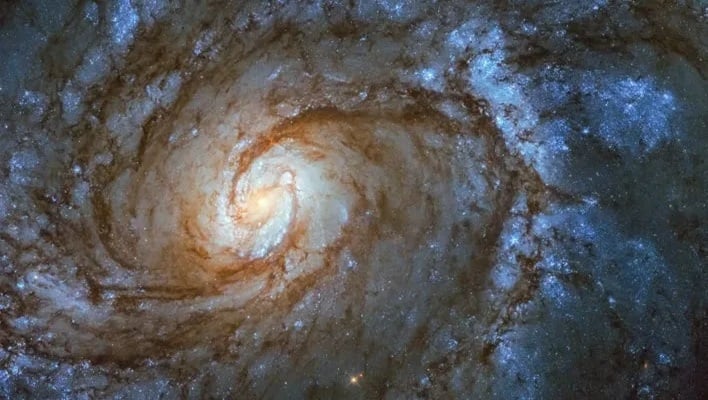Hubble Makes A Stunning Galactic Discovery 250M Light Years Away
Upcon first glance, UGC 11397 seems like any other spiral galaxy. But in the center of this far-away system lies a supermassive black hole 174 million times more massive than our sun. And yes, it continues to grow. As the supermassive black hole pulls in dust, gas, and nearby stars, it emits strong electromagnetic radiation, including gamma adn X rays and radio waves. However, UGC 11397 is a Type 2 Seyfert Galaxy, meaning its active center is covered by dense, doughnut-like clouds of dust and gas. So, when looking at it with traditional optics, the center is obscured.

Astronomers, however, can analyze the energy surrounding the black hole, due to its high x-ray emissions, which penetrate the thick clouds of dust and gas. Just recently, we reported on a discovery where Hubble data helped scientists correct their thinking on the dark and bright sides of Uranus' moons.
Despite its age, the Hubble Telescope remains a vital tool in the ongoing work to better understand our universe. Scientists will continue using it to study galaxies similar to UGC 11397 to learn how black holes form, how stars form in the middle of galaxies, and how dense and heavy nearby supermassive black holes may be.

